A point and figure chart is:
“A chart that plots day-to-day price movements without taking into consideration the passage of time. Point and figure charts are composed of a number of columns that either consist of a series of stacked Xs or Os. A column of Xs is used to illustrate a rising price, while Os represent a falling price. This type of chart is used to filter out non-significant price movements, and enables the trader to easily determine critical support and resistance levels. Traders will place orders when the price moves beyond identified support/resistance levels.”
“Additional points are added to the chart once the price changes by more than a predefined amount (known as the box size). For example, if the box size is set to equal one and the price of the asset is $15, then another X would be added to the stack of Xs once the price surpasses $16. Each column consists of only one letter (either X or O) – never both. New columns are placed to the right of the previous column and are only added once the price changes direction by more than a predefined reversal amount.”

I use point and figure analysis every night while scanning my charts because I can easily determine key support and resistance levels. Many indicators can trigger buy and sell signals but I stick to the basics and only trade a few patterns that the point and figure charts offer, such as the ones described below (see chart examples as well).
Understand that I use point and figure charts as a secondary technical analysis tool behind candlestick charts (both daily and weekly). I view point and figure charts (will be referred to as a P&F from this point forward) after I find an interesting stock that has already passed my fundamental criteria and peeked my interest on the candlestick charts. Support and resistance levels can be found using basic candlestick and bar charts but P&F charts eliminate the unimportant noise by setting-up the critical levels and breakouts or breakdowns with the more important (larger) moves.
My favorite pattern setup is the Triple Top Breakout which occurs when a stock hits a certain level of resistance on three separate occasions, telling me that a move above this zone has some meaning. Not every triple top breakout will be successful but the odds of a breakout above this setup increase dramatically. As with all trading, you must take the signal with proper position sizing and set your stops without thinking like a human.
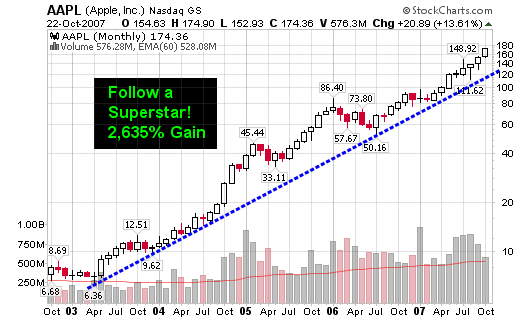
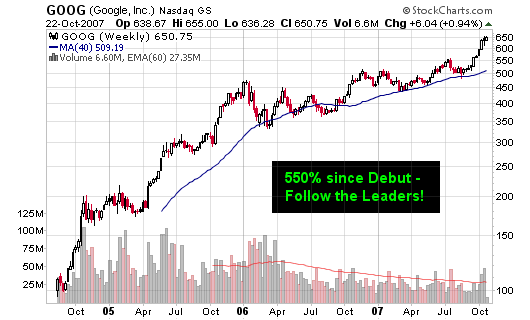
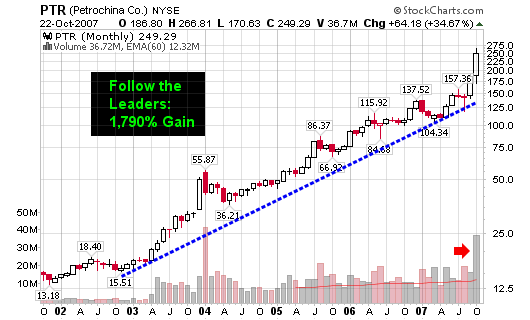
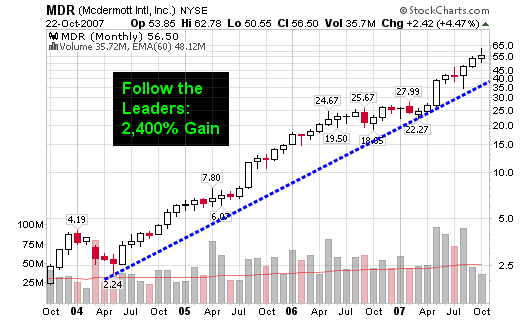
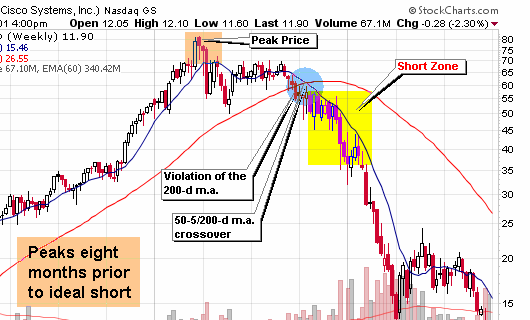
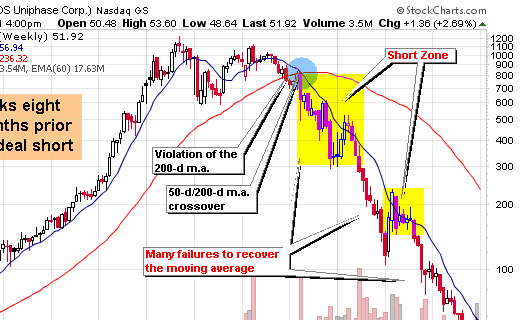
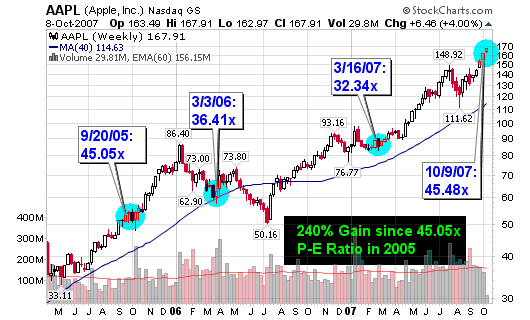
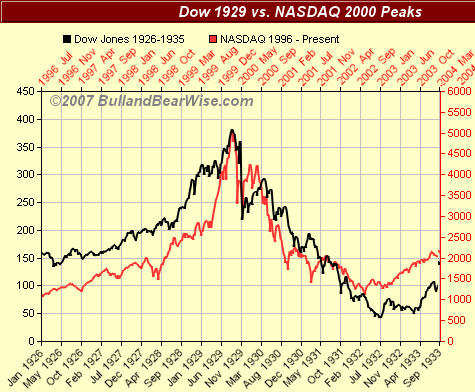

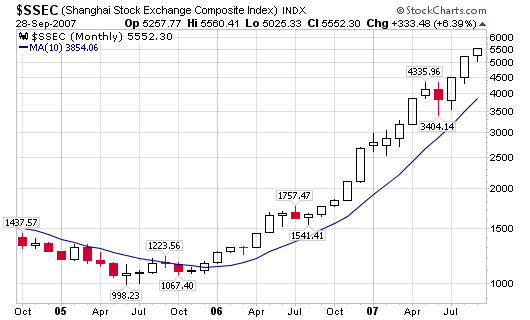
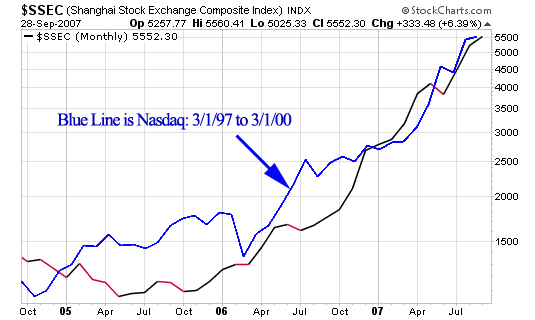
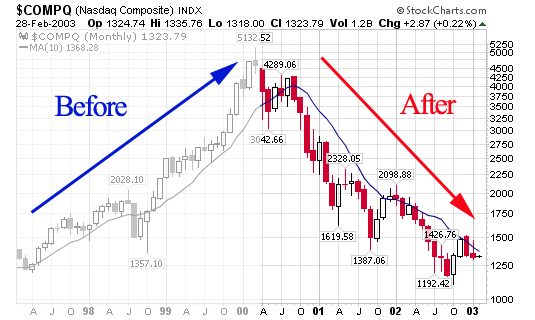

Connect with Me